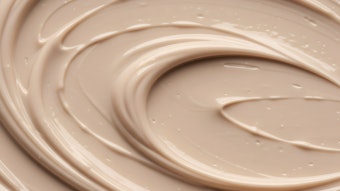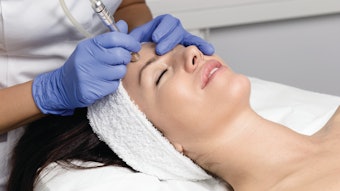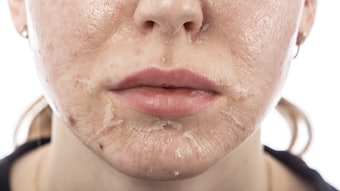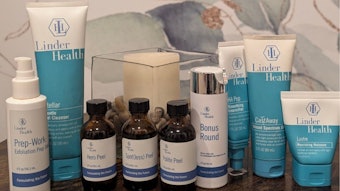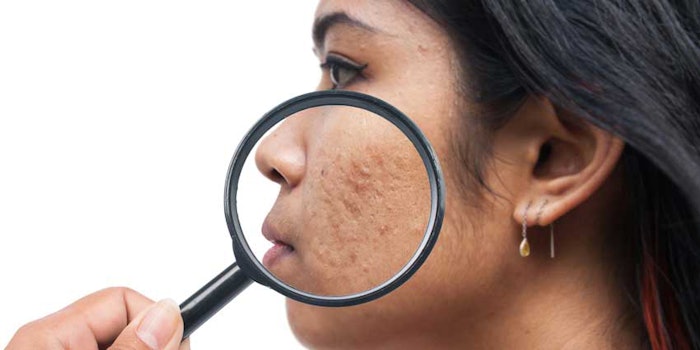
The Journal of Drugs in Dermatology conducted a study that gathered a panel of skin of color experts to examine acne treatments in patients with skin of color (SOC), according to an article written by DermatologyTimes.
The Journal of Drugs in Dermatology then wrote an article that discusses the implications for treatments and skin care recommendations for SOC patients that are dealing with acne. The study included a panel of six SOC dermatologists that gathered specific data on whether there are racial/ethnic differences in the clinical presentation of acne, differences in the therapeutic endpoint of acne treatment and patient expectations, and if there is a need for specialized approaches to therapeutic options and skin care in acne patients with SOC.
DermatologyTimes states, "After looking over 26 clinical studies, seven epidemiological studies, and 27 reviews, the panel developed six consensus statements."
1. Post-inflammatory hyperpigmentation (PIH) is a common sequela of acne in SOC.
PIH often occurs in SOC because of irritation from topical acne treatments. The study recommends an "individualized selection of a topical regimen to minimize irritation." When treating acne inflammation the study found that enzoyl peroxide (BPO) 2.5%-5.5%, retinoids, dapsone, azelaic acid, and fixed combination products can be safe and effective.
2. Dry skin is a common concern among patients with SOC and may be more visible or stigmatizing in richly pigmented skin.
The study states that formulas with hydrating ingredients can minimize the risk of dry skin and irritation.
3. Decreased ceramide levels have been demonstrated in the skin of Black patients.
According to the study, "There were five trials that found greater TEWL in Black skin than White skin, seven found no difference in TEWL level, and two reported decreased TEWL in Black patients. No difference has been demonstrated in TEWL between Hispanic and White skin."
4. Acne-related PIH in an SOC individual can be as bothersome as the acne lesions.
The study found that the end goal of the skin treatment for SOC individuals should include the "resolution of PIH and long-term control of underlying acne vulgaris."
5. Adjunctive skin care can play an essential role in preventing, treating and maintaining acne.
The panel states, "Daily application of fragrance-free, non‐irritating, and non‐comedogenic cleansers, moisturizers, and sunscreen may reduce adverse events such as dryness, erythema, photosensitivity, and PIH resulting from topical drugs,” wrote the authors “Special consideration should be applied to SOC patients prone to PIH. Using the appropriate skin care is prudent in this population to minimize irritation.”
6. There are special considerations when treating SOC individuals with acne.
The considerations include dry skin and inflammation can result from topical acne treatment or systemic retinoid therapy, non-comedogenic cleansers and moisturizers can improve dryness and irritation, and skin affected by acne has shown lower levels of ceramides with reductions compared to all ethnicities.
The study ultimately aimed to "help patient education, manage expectations and adherence, and give the clinician a better picture on what products the patient is currently using that may be causing the irritation."






